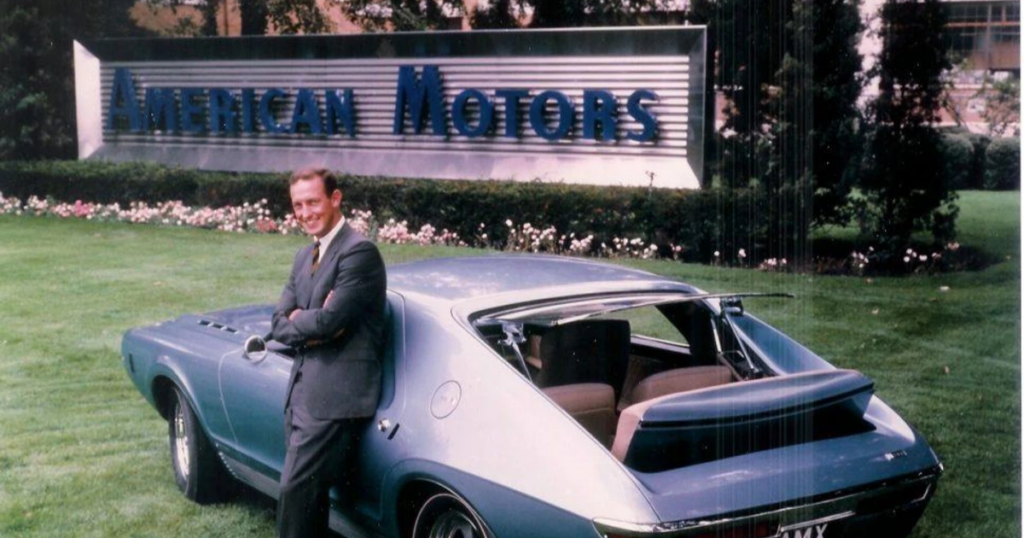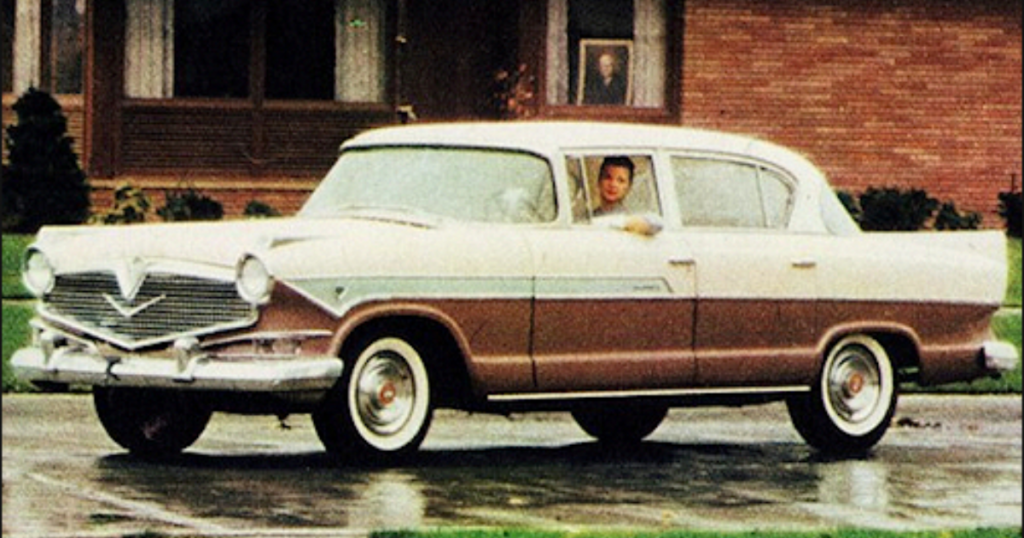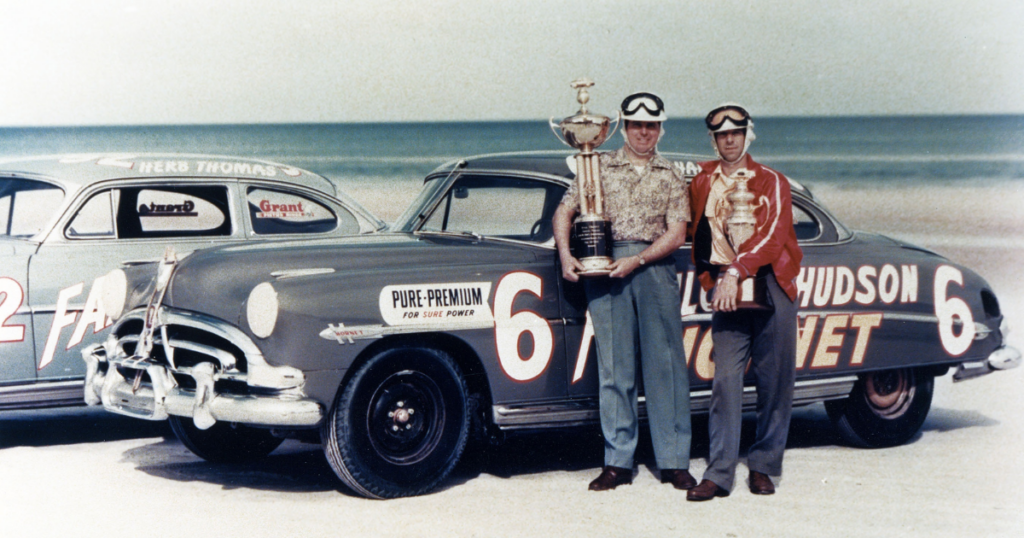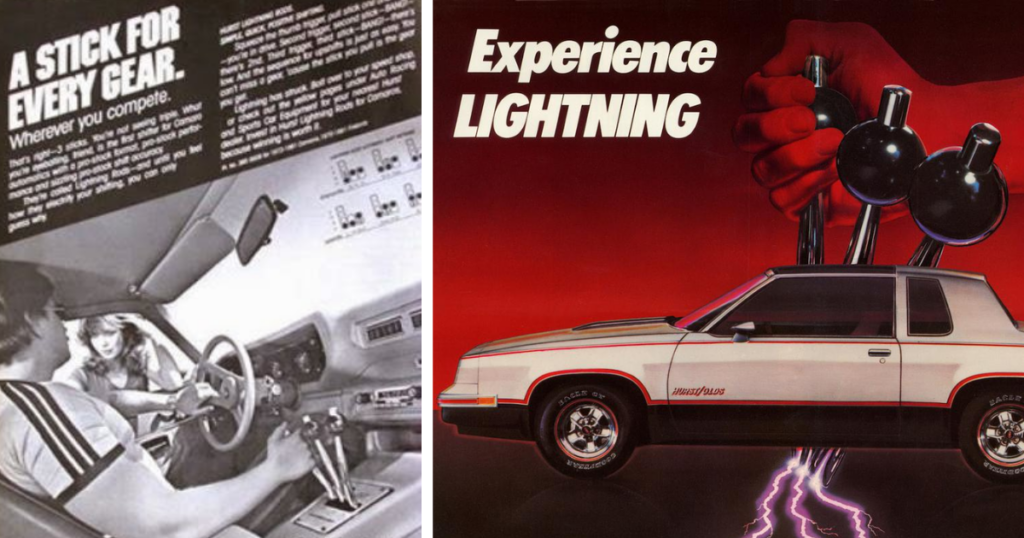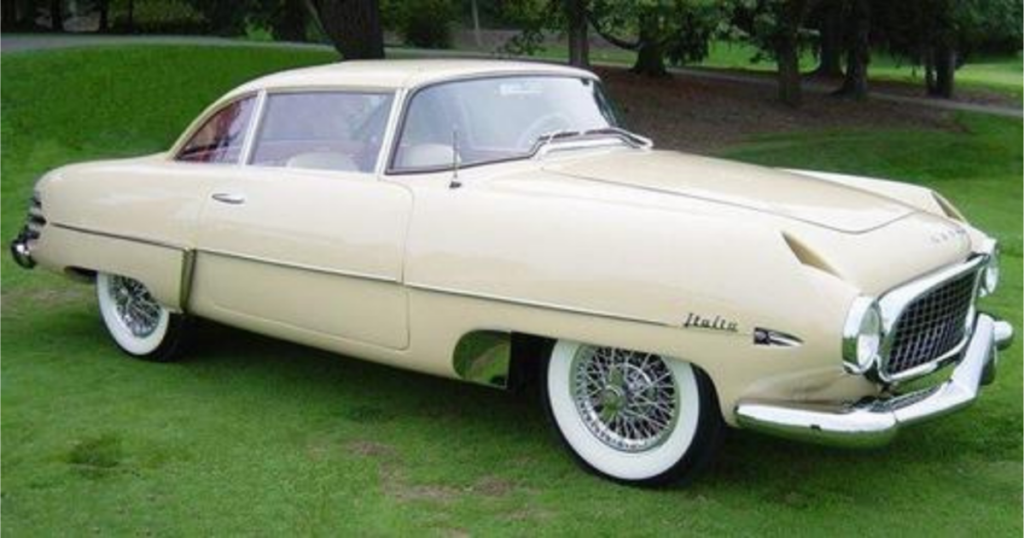
In the gray and industrial landscape of Detroit, a city characterized by gray flannel and gray iron, Hudson’s design chief, Frank Spring, stood out as a unique figure. Born to a wealthy California landowner and a Parisian mother, Spring’s upbringing was marked by worldly influences and education in Europe, earning a mechanical engineering degree from the Ecole Polytechnique in Paris in 1914.
Beyond his professional pursuits, Spring led a fascinating personal life, practicing yoga and Buddhism, following a vegetarian lifestyle, and maintaining a keen interest in Eastern philosophy. His first wife, Avis Sterling, was the sister of the renowned California poet George Sterling.
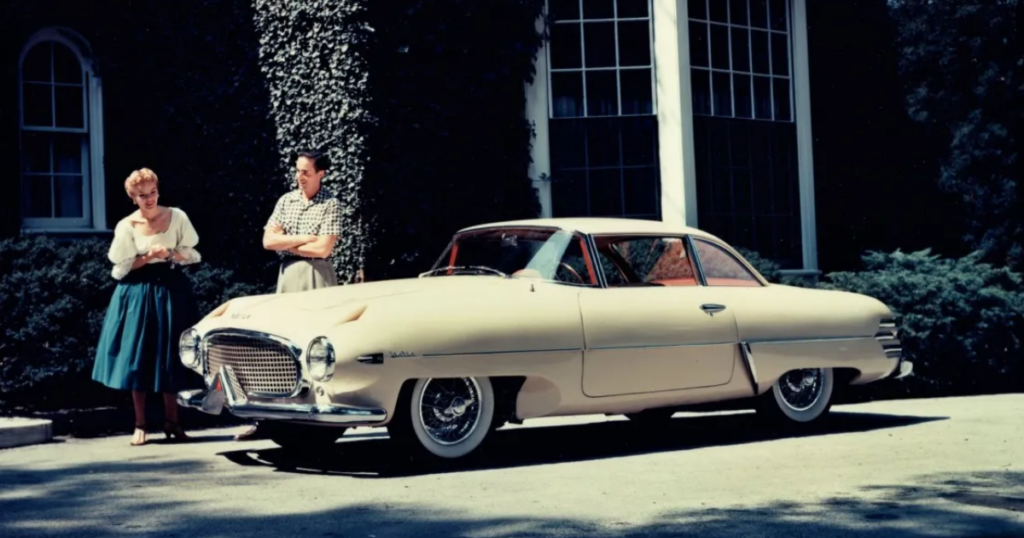
Spring’s passion for machinery extended to his choice of vehicles, including Mercedes Gullwings, Beechcraft Staggerwings, and Vincent and Ariel motorcycles. He began his career as an aircraft engineer for the Army Signal Corps during WWI, later contributing to the design of the engine for the Paige-Detroit auto and serving as chief engineer for the Courier Motor Car Co. His journey brought him to Detroit, where he assumed the role of Hudson’s first director of styling, a position he held until 1955 when his studio merged into American Motors.
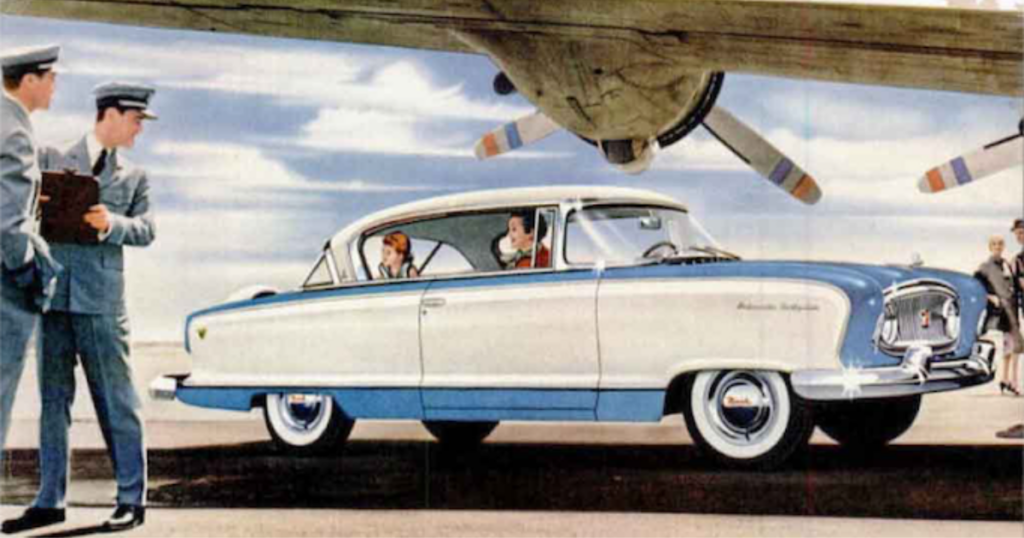
With a continental perspective, Spring championed light, sporty cars in the European style. Despite the success of Hudson’s big step-down models, which he styled, they were often considered overbuilt and likened to agile tanks. Spring envisioned great potential in the 1953 Jet, Hudson’s postwar compact aimed at competing with the Rambler, Henry J, and Willys Aero. However, the Jet design fell short, emerging tall, homely, and overweight, leading to Spring’s disappointment.
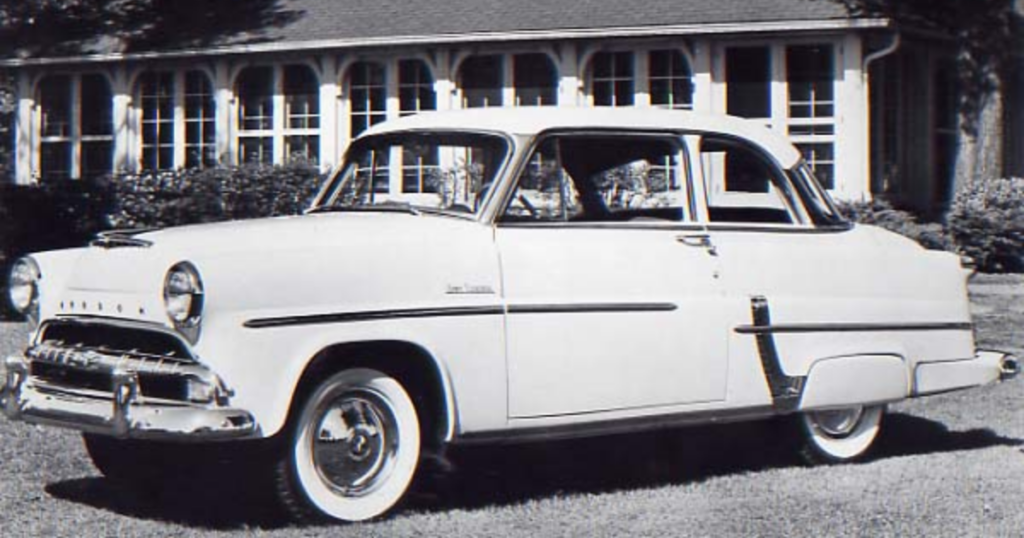
Legend has it that, as compensation for the Jet setback, Spring was offered the glamorous Italia project. Another tale, albeit more far-fetched, suggests that Hudson, aiming to translate stock car racing success into victory in the Carrera Panamericana, built the Italias to homologate a lightweight sports car platform for road racing.
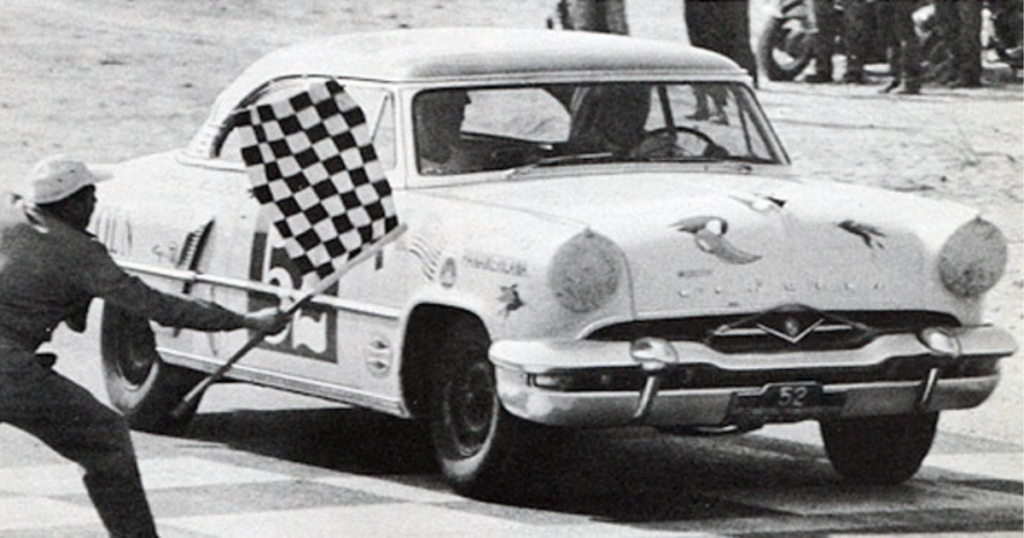
Between May 1953 and mid-1954, Carrozzeria Touring of Milan crafted 26 Italias using complete Jets shipped from Hudson’s Detroit plant. The Superleggera construction technique involved hand-formed aluminum panels on a thinwall tubing superstructure, with the stock production floorpan and cowl retained underneath, limiting weight savings. Despite its name, the Italia’s curb weight of 2710 pounds was nearly identical to the Jet sedan.
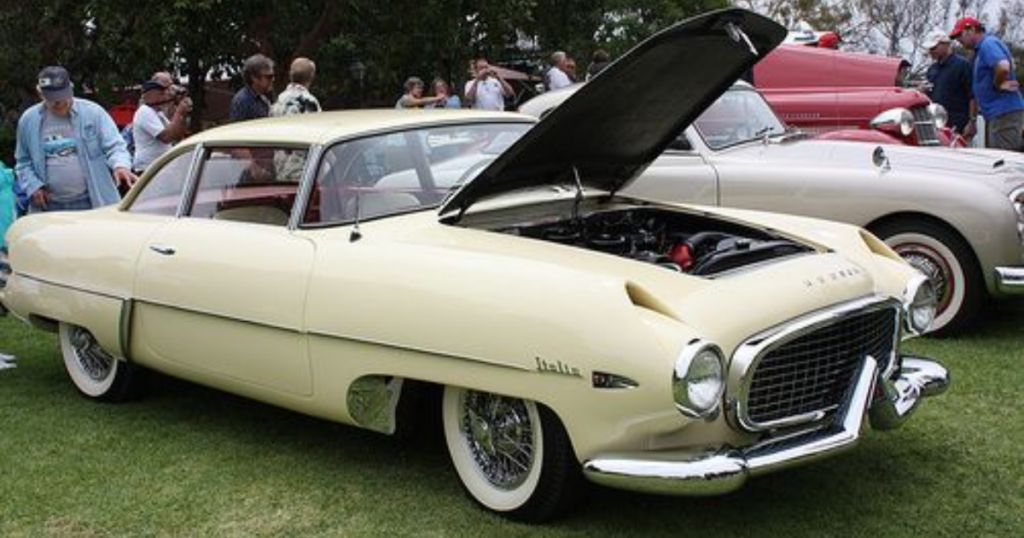
The Italia featured the 202 CID engine from the Jet, equipped with Twin-H Power and an export cylinder head, producing 114 hp. While not a sports car powerhouse, the Italia showcased Spring’s stylistic flair, with design elements reminiscent of his original Jet concept.
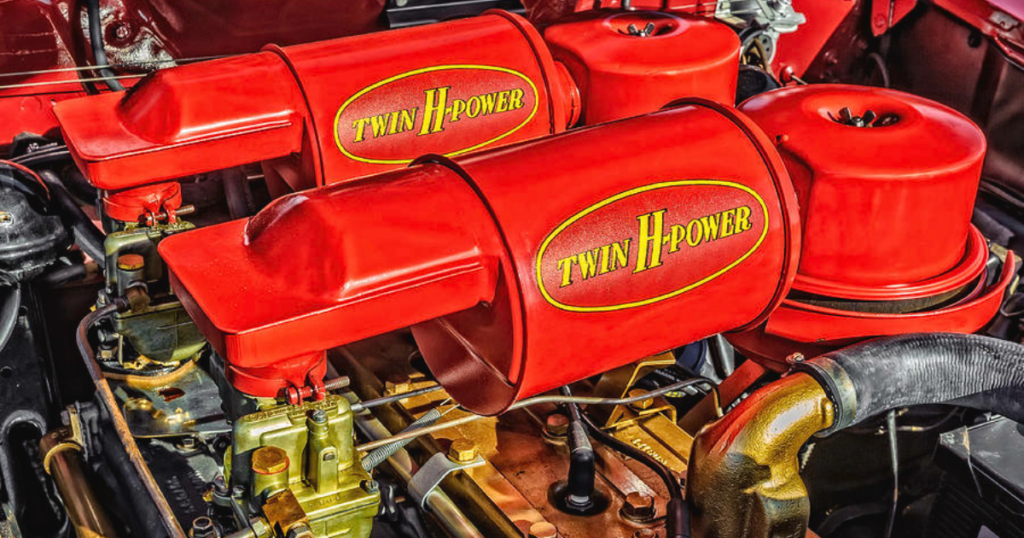
Notably, all Italias sported ivory exterior paint (Italian Cream) and a red-and-ivory leather interior. The absence of a rear seat was compensated with a luxuriously trimmed luggage shelf.


Of the 26 Italias built, 21 are known to survive. Additionally, there’s a four-door prototype with Touring bodywork, the X-161, conceived as a potential 1956 replacement for the Hudson big car line. However, by then, Hudson had merged with Nash-Kelvinator, forming American Motors. The final cars to bear the Hudson name were rebranded Nash products.
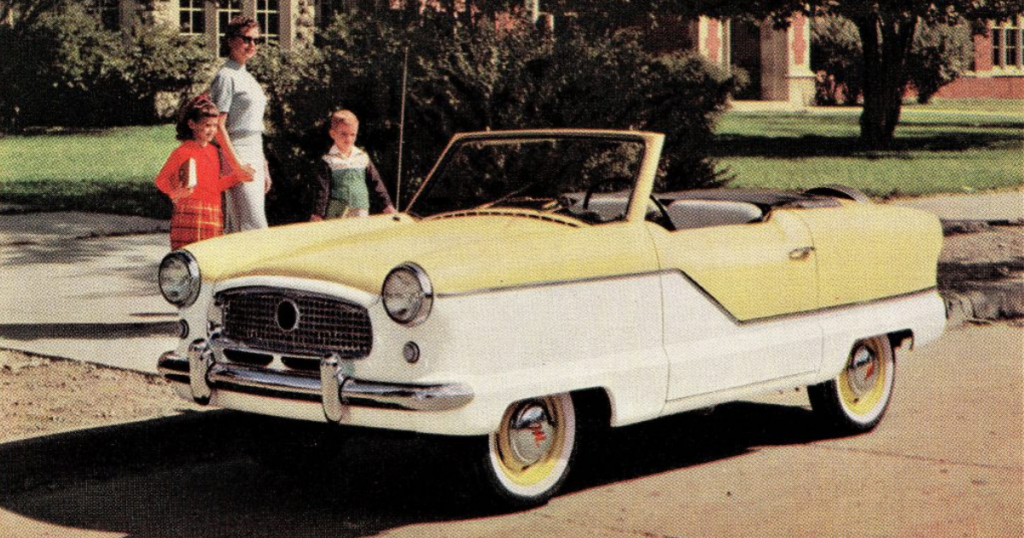
The Hudson Italia stands as a testament to Spring’s creativity and determination to infuse style into the automotive world, even amidst the challenges of the era and the ultimate transformation of Hudson into American Motors.
